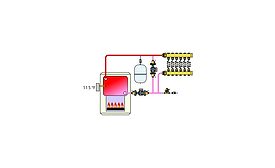Home » troubleshooting
Articles Tagged with ''troubleshooting''
Dan Holohan: How to set a pressuretrol
You won’t find this in the instructions.
May 13, 2020
Ray Wholfarth: Boiler room detective
“The game is afoot.” Have fun, detective.
February 13, 2020
Radiant Comfort Report
Dave Yates: Dominoes
Failure of one part of a hydronic radiant system can cause the entire row to fall.
November 11, 2019
Keep your content unclogged with our newsletters!
Stay in the know on the latest plumbing & piping industry trends.
JOIN TODAY!Copyright ©2024. All Rights Reserved BNP Media.
Design, CMS, Hosting & Web Development :: ePublishing













